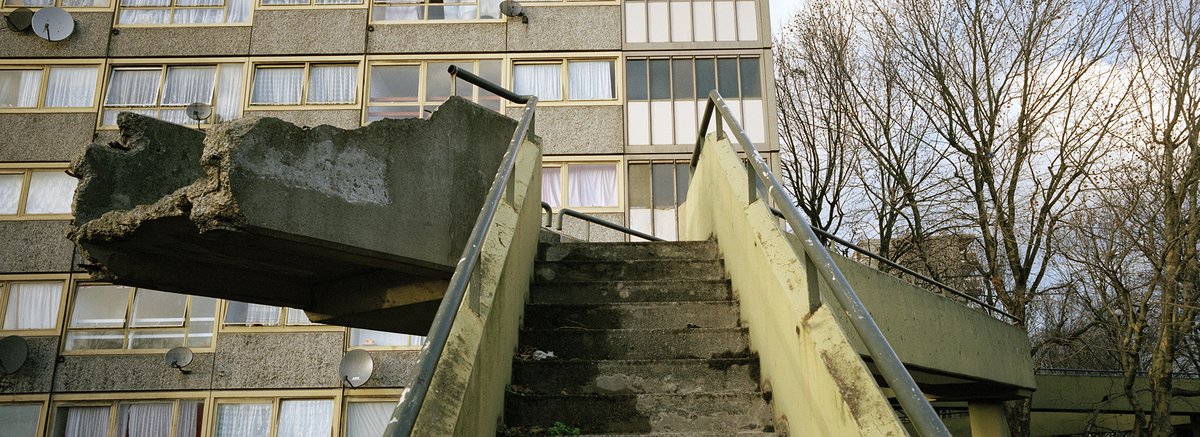
By Keir Irwin-Rogers, with thanks to Professor Abhinay Muthoo
In the UK, serious violence between young people is a subject that continues to capture the attention of many people and groups, including academics, politicians, and the media. Much of this attention quite rightly focuses on the causes of this violence, as well as its immense human and social costs (see e.g. Bakkali, 2019; Grierson, 2019). Often neglected, however, are its economic costs.
Before beginning work on the now ongoing ESRC-funded PHYVR project (www.changingviolence.org), I spent several years supporting the work of the cross-party parliamentary Youth Violence Commission (Irwin-Rogers et al., 2020). A key strand of the Commission’s work involved attempts to establish the financial cost of serious violence. The Commission focused specifically on violent offences committed by those aged 24 and under involving the use of a knife or a gun, and found that these offences alone were associated with a wide range of economic costs – from policing and the criminal justice system, to health and victims’ services, to lost economic output – totalling £11 billion over the past eleven years. It also found that these costs had increased significantly during the period 2014/15 to 2018/19, from around £790 million per year to around £1.3 billion per year.
Although there were sound reasons to suspect that rates of street level violence would decline considerably during the year from April 2020 to March 2021 (for example, COVID-19 lockdowns that required people to remain in their homes for extended periods of time), Police Recorded Crime (PRC) data indicated a more varied picture. While 2020/21 PRC data showed that the number of recorded offences committed by those aged 24 and under involving the use of a knife or gun dropped by 35% in London, these offences increased in the West Midlands and the Northwest by 20% and 84% respectively.
Of course, PRC data does not provide a reliable measure of actual rates of violence, as it reflects only crimes detected and recorded by the police. It does, however, enable rough calculations to be made about the likely (minimum) economic costs associated with such violence. In personal communication with Professor Abhinay Muthoo – a co-author of the Commission’s Final Report – he estimated that the overall economic costs associated with the offences outlined above for the year April 2020 to March 2021 were broadly comparable to those for the previous year. In other words, COVID-19 lockdowns had not led to a significant reduction in the economic costs associated with serious violence between young people. While making predictions about rates of violence is fraught with difficulty, many experts have suggested that they expect to see levels of violence rise in the coming years (see e.g. Murray, 2021). If this is the case, we can expect the economic costs associated with serious violence between young people to remain at well over £1 billion per year.
This is useful context for evaluating current levels of government investment in preventative initiatives. In February 2021, for example, the UK Government announced an allocation of £35.5 million for its regional network of 18 Violence Reduction Units across the country for the year 2021/22 – less than 4% of the estimated £1 billion that violence between young people will cost in that year. Other preventative initiatives have been funded, including the Youth Endowment Fund, which is set to spend £200million over ten years uncovering ‘What Works’ to prevent violence. The total investment in violence prevention, however, still falls well short of the amount it costs the economy. At a similar time, the Government committed to invest £27 billion in the country’s road network (see e.g. Department for Transport, 2020), and while this is a crude comparison, it provides something of an insight into current Government priorities. Sums of money that might seem sizeable on the face of things, may pale into insignificance when compared to levels of investment being made elsewhere.
It is beyond doubt that serious violence carries with it enormous human and social costs. Despite this, we often see relatively small and time-limited pots of funding being directed at the problem. These will act, at best, as sticking plasters on a gaping wound. If policymakers cannot be convinced to take concerted, substantial action based solely on the human and social costs of serious violence, then it is important to make the strongest possible economic case to bolster calls for change.
References
Bakkali, Y. (2019) Dying to live: youth violence and the munpain. The Sociological Review. 67(6): 1317-1332.
Department for Transport (2020) Road Investment Strategy 2: 2020-2025. Available at: https://assets.publishing.service.gov.uk/government/uploads/system/uploads/attachment_data/file/951100/road-investment-strategy-2-2020-2025.pdf
Grierson, J. (2019) Action on rise in youth violence completely inadequate. The Guardian. Wednesday 31 July 2019. Available at: https://www.theguardian.com/uk-news/2019/jul/31/action-on-rise-in-youth-violence-completely-inadequate-say-mps
Irwin-Rogers, K., Muthoo, A. and Billingham, L. (2020) Youth Violence Commission Final Report. Available at: https://tce.researchinpractice.org.uk/wp-content/uploads/2021/05/YVC-Final-Report-July-2020.pdf
Murray, J. (2021) Youth violence likely to explode over summer, UK experts fear. The Guardian. Friday 23 July 2021. Available at: https://www.theguardian.com/society/2021/jul/23/youth-violence-likely-to-explode-over-summer-uk-experts-fear